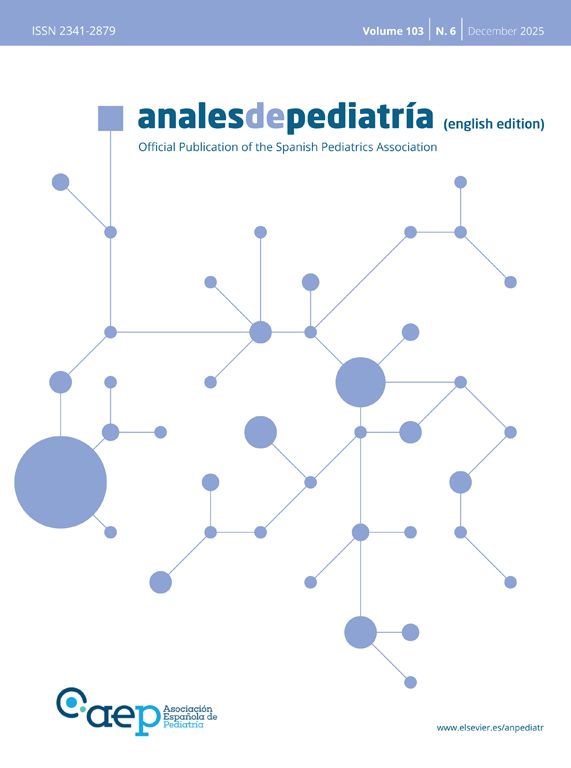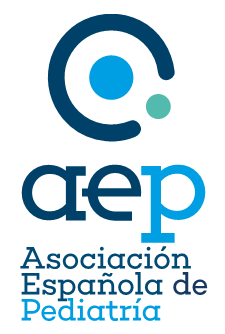was read the article
| Year/Month | Html | Total | |
|---|---|---|---|
| 2025 12 | 177 | 83 | 260 |
| 2025 11 | 213 | 61 | 274 |
| 2025 10 | 138 | 27 | 165 |
| 2025 9 | 104 | 47 | 151 |
| 2025 8 | 97 | 56 | 153 |
| 2025 7 | 110 | 49 | 159 |
| 2025 6 | 61 | 37 | 98 |
| 2025 5 | 106 | 20 | 126 |
| 2025 4 | 88 | 22 | 110 |
| 2025 3 | 103 | 23 | 126 |
| 2025 2 | 101 | 27 | 128 |
| 2025 1 | 80 | 29 | 109 |
| 2024 12 | 51 | 28 | 79 |
| 2024 11 | 55 | 58 | 113 |
| 2024 10 | 51 | 32 | 83 |
| 2024 9 | 49 | 31 | 80 |
| 2024 8 | 73 | 55 | 128 |
| 2024 7 | 66 | 32 | 98 |
| 2024 6 | 44 | 23 | 67 |
| 2024 5 | 49 | 43 | 92 |
| 2024 4 | 40 | 34 | 74 |
| 2024 3 | 56 | 20 | 76 |
| 2024 2 | 78 | 27 | 105 |
| 2024 1 | 45 | 24 | 69 |
| 2023 12 | 33 | 22 | 55 |
| 2023 11 | 62 | 36 | 98 |
| 2023 10 | 45 | 24 | 69 |
| 2023 9 | 26 | 24 | 50 |
| 2023 8 | 31 | 19 | 50 |
| 2023 7 | 45 | 22 | 67 |
| 2023 6 | 40 | 28 | 68 |
| 2023 5 | 54 | 24 | 78 |
| 2023 4 | 37 | 9 | 46 |
| 2023 3 | 56 | 24 | 80 |
| 2023 2 | 51 | 13 | 64 |
| 2023 1 | 23 | 17 | 40 |
| 2022 12 | 50 | 32 | 82 |
| 2022 11 | 49 | 28 | 77 |
| 2022 10 | 52 | 25 | 77 |
| 2022 9 | 20 | 22 | 42 |
| 2022 8 | 53 | 43 | 96 |
| 2022 7 | 27 | 38 | 65 |
| 2022 6 | 74 | 29 | 103 |
| 2022 5 | 48 | 42 | 90 |
| 2022 4 | 25 | 31 | 56 |
| 2022 3 | 44 | 37 | 81 |
| 2022 2 | 31 | 23 | 54 |
| 2022 1 | 24 | 28 | 52 |
| 2021 12 | 31 | 40 | 71 |
| 2021 11 | 38 | 33 | 71 |
| 2021 10 | 46 | 69 | 115 |
| 2021 9 | 21 | 33 | 54 |
| 2021 8 | 24 | 37 | 61 |
| 2021 7 | 19 | 27 | 46 |
| 2021 6 | 30 | 36 | 66 |
| 2021 5 | 24 | 34 | 58 |
| 2021 4 | 181 | 71 | 252 |
| 2021 3 | 51 | 36 | 87 |
| 2021 2 | 32 | 18 | 50 |
| 2021 1 | 34 | 16 | 50 |
| 2020 12 | 33 | 19 | 52 |
| 2020 11 | 26 | 16 | 42 |
| 2020 10 | 21 | 17 | 38 |
| 2020 9 | 41 | 25 | 66 |
| 2020 8 | 12 | 5 | 17 |
| 2020 7 | 28 | 17 | 45 |
| 2020 6 | 19 | 10 | 29 |
| 2020 5 | 171 | 20 | 191 |
| 2020 4 | 152 | 20 | 172 |
| 2020 3 | 26 | 22 | 48 |
| 2020 2 | 18 | 12 | 30 |
| 2020 1 | 19 | 13 | 32 |
| 2019 12 | 58 | 14 | 72 |
| 2019 11 | 17 | 8 | 25 |
| 2019 10 | 24 | 18 | 42 |
| 2019 9 | 34 | 8 | 42 |
| 2019 8 | 77 | 15 | 92 |
| 2019 7 | 35 | 17 | 52 |
| 2019 6 | 31 | 12 | 43 |
| 2019 5 | 28 | 10 | 38 |
| 2019 4 | 186 | 26 | 212 |
| 2019 3 | 53 | 12 | 65 |
| 2019 2 | 227 | 28 | 255 |
| 2019 1 | 56 | 3 | 59 |
| 2018 12 | 14 | 5 | 19 |



